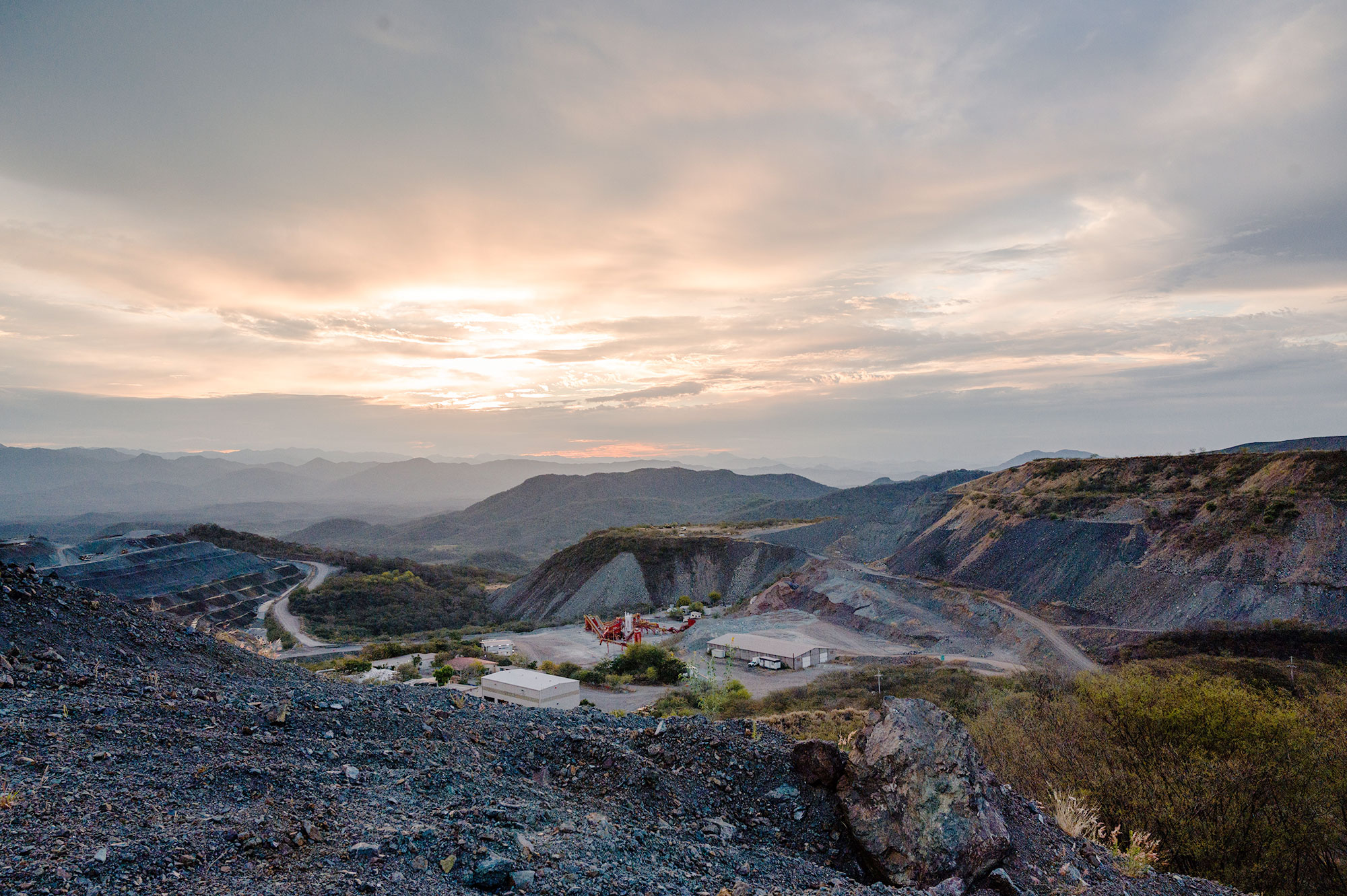How Gold Fields got rid of 90% of its South African workers without firing anyone

South Africa’s Gold Fields (NYSE:GFI) the world’s 4th largest miner, announced Thursday it would remodel two of its more troubled operations into a new company, Sibanye Gold.
From February next year, the new company will operate Kloof Driefontein Complex (KDC) and Beatrix gold mines, hotspots during the past months of labour unrest in the country’s mining sector.
In an op-ed piece published in Business Day (South Africa) writer Ron Derby argues that Gold Fields’ South African restructuring may provide a benchmark for rival miners – including the future CEO of Anglo American – on how to tackle the turmoil in the African nation’s mining sector:
…Gold Fields will have shed about 90% of its current South African work-force without sending out a single retrenchment notice and with possibly no strike action.
On Thursday, the miner said it was unbundling its Beatrix and Kloof Driefontein Complex (KDC) mines into a separate vehicle called Sibanye Gold that will be listed on the JSE next year. The mines have 36,248 employees between them, says the Gold Fields website.
The only South African operation not being bundled into Sibanye is South Deep, a modern and mechanised mine with only 3,579 employees.
When you compare the productivity of each of the mines, you understand why investors have reacted so positively to the restructuring, with shares rallying close to 8%. KDC mines produced 34,218kg of gold in the 12 months to December last year, which equates to 1.282kg an employee.
Beatrix produced 10,787kg, or 1.127kg a worker.
South Deep, which remains in the Gold Fields portfolio along with its Ghana and South American operations, produced 8,491kg of gold, or 2.372kg per employee, virtually double the productivity.
South Deep has a life of mine of 69 years, while KDC’s is 17 and Beatrix’s 14.
Continue reading at BDlive about Gold Fields’ move and the economics of ultra-deep level mining.
More News
{{ commodity.name }}
{{ post.title }}
{{ post.date }}




Comments